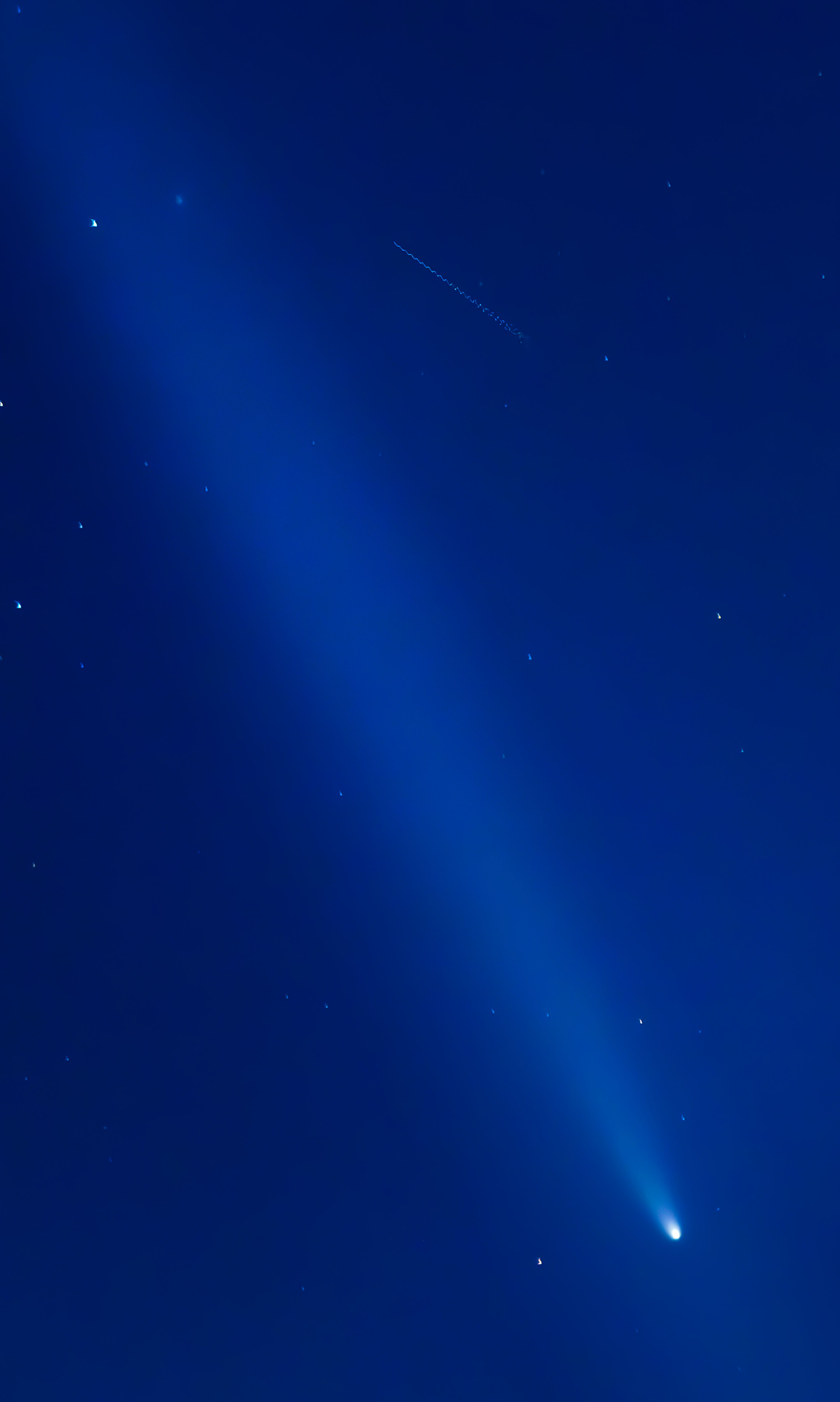Comet Tsuchinshan–ATLAS is shown making its once-in-a-lifetime trip through the solar system Monday night in the skies over Lewiston. The comet likely originated from the Oort Cloud, a large spherical shell of icy debris at the outer reaches of the solar system, and was discovered in 2023 by observers at China’s Tsuchinshan Observatory and an ATLAS (Asteroid Terrestrial-impact Last Alert System) telescope in South Africa. The comet made its closest pass of the sun Sept. 27, and traveled within approximately 44 million miles of Earth in its closest pass Oct. 12. It has a tail believed to be 18 million miles long.
Daily headlines, straight to your inboxRead it online first and stay up-to-date, delivered daily at 7 AM
Photo by AUGUST FRANK
Lewiston Tribune
Related
Daily headlines, straight to your inboxRead it online first and stay up-to-date, delivered daily at 7 AM
The Daily News
Read the DNews








